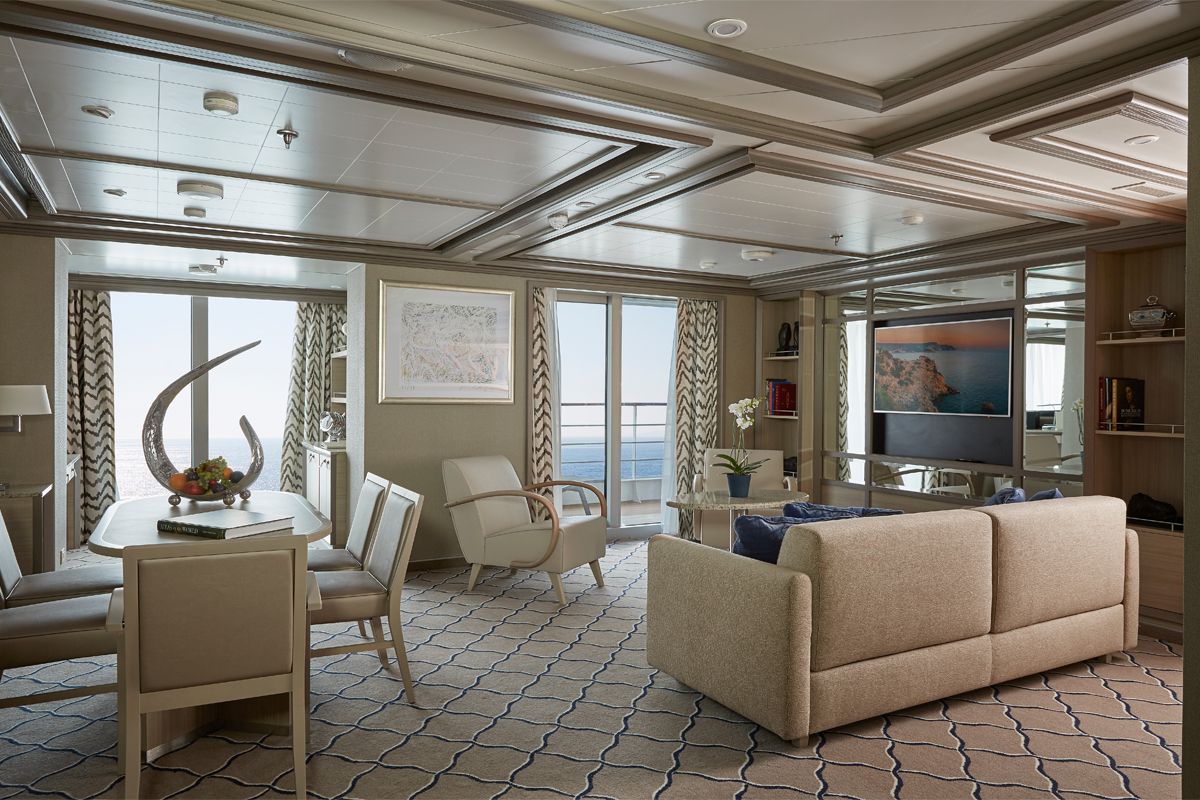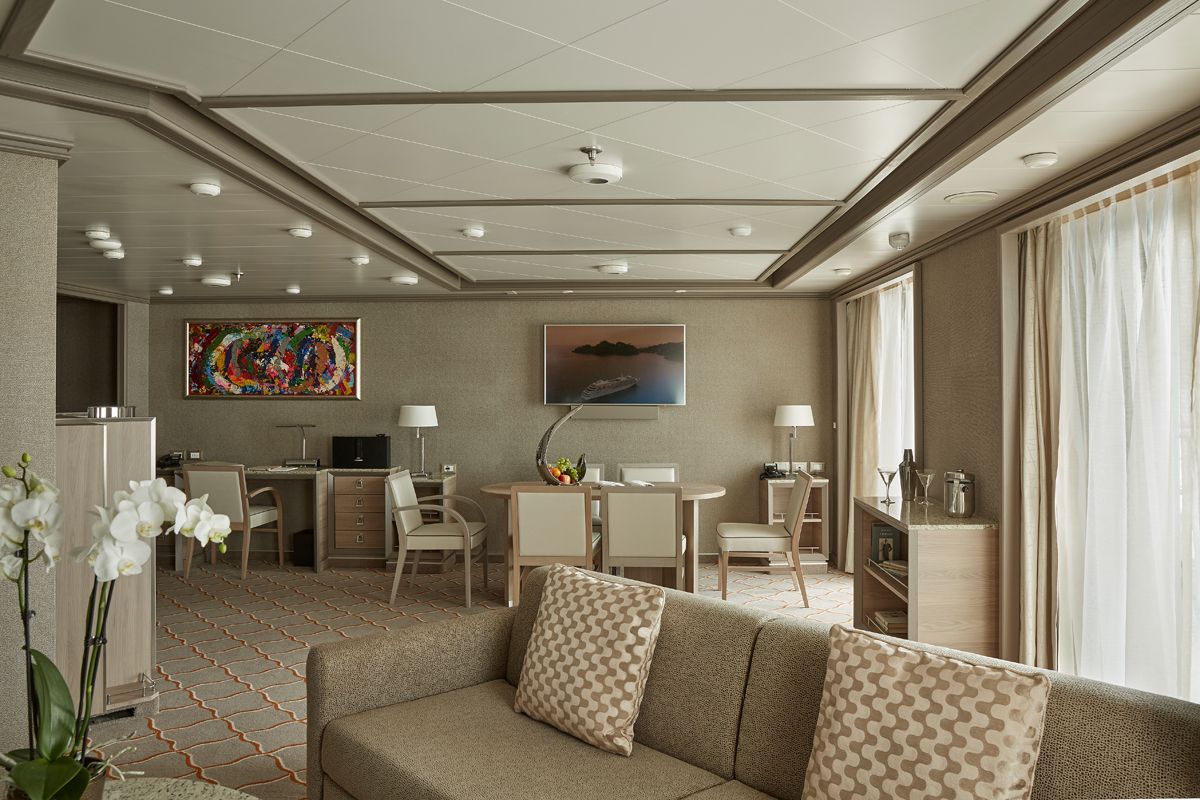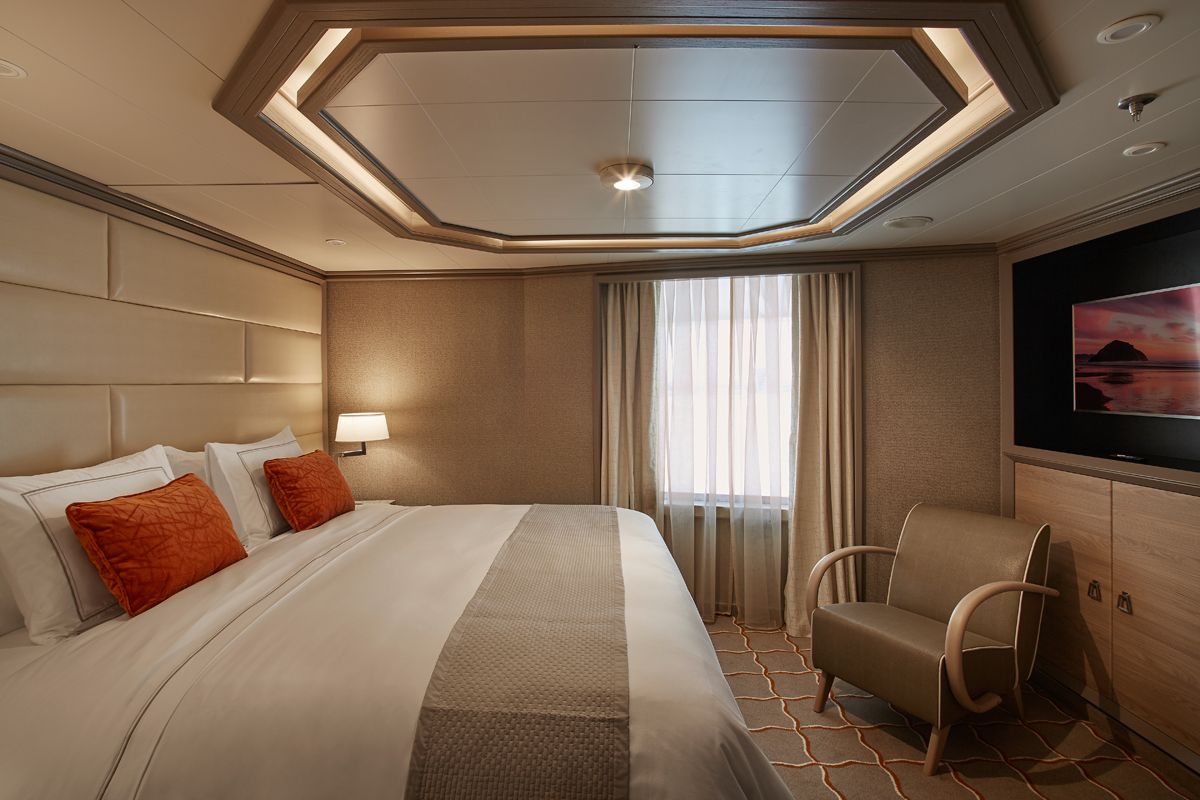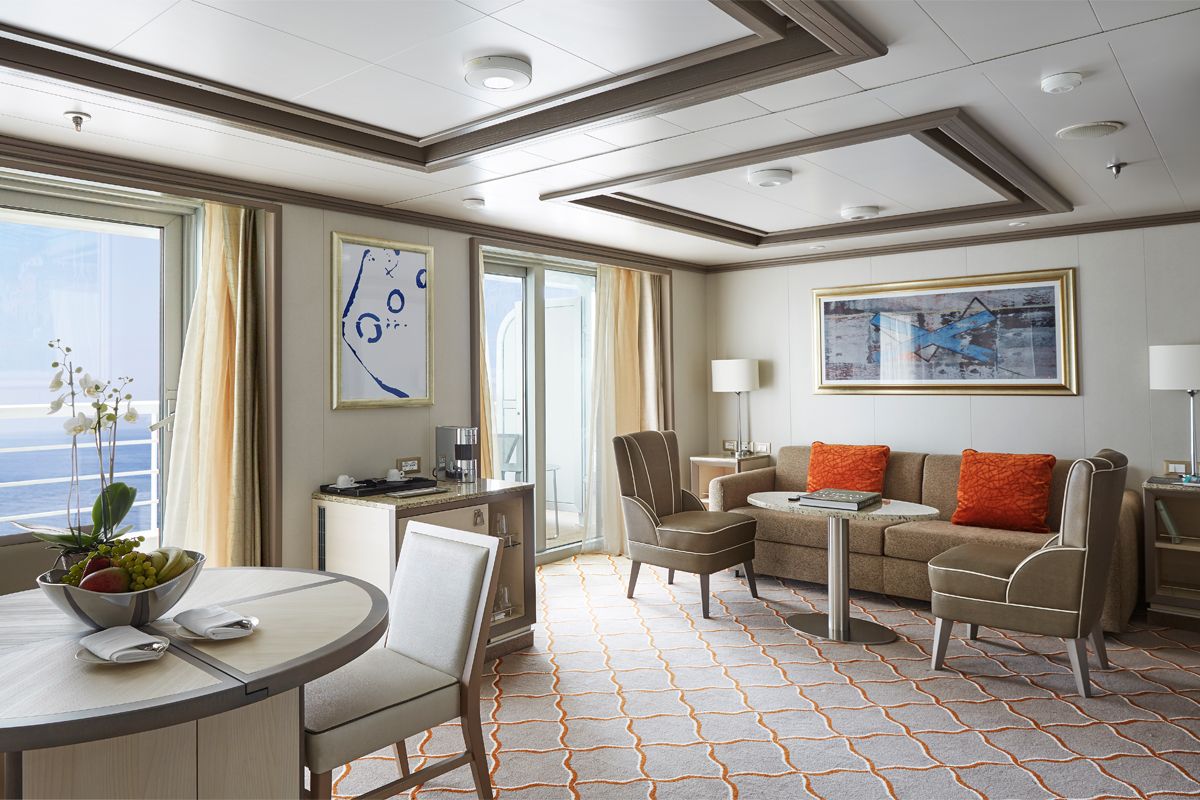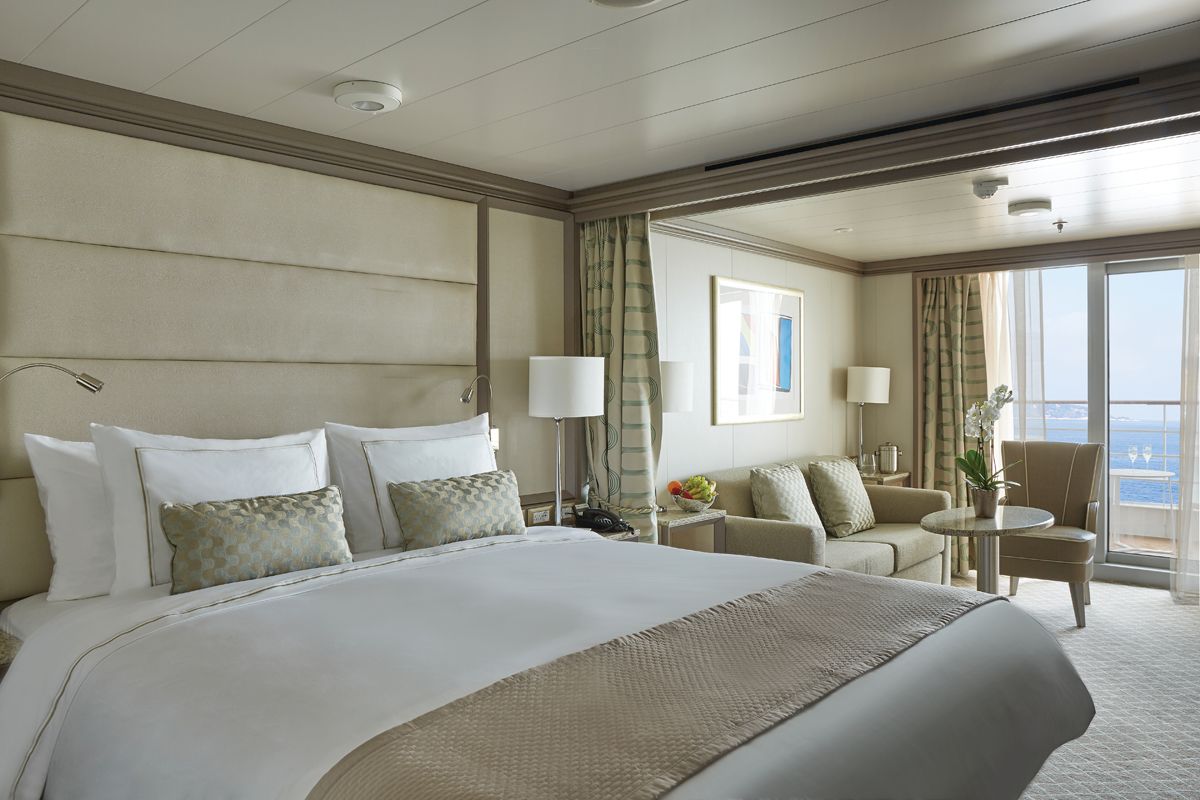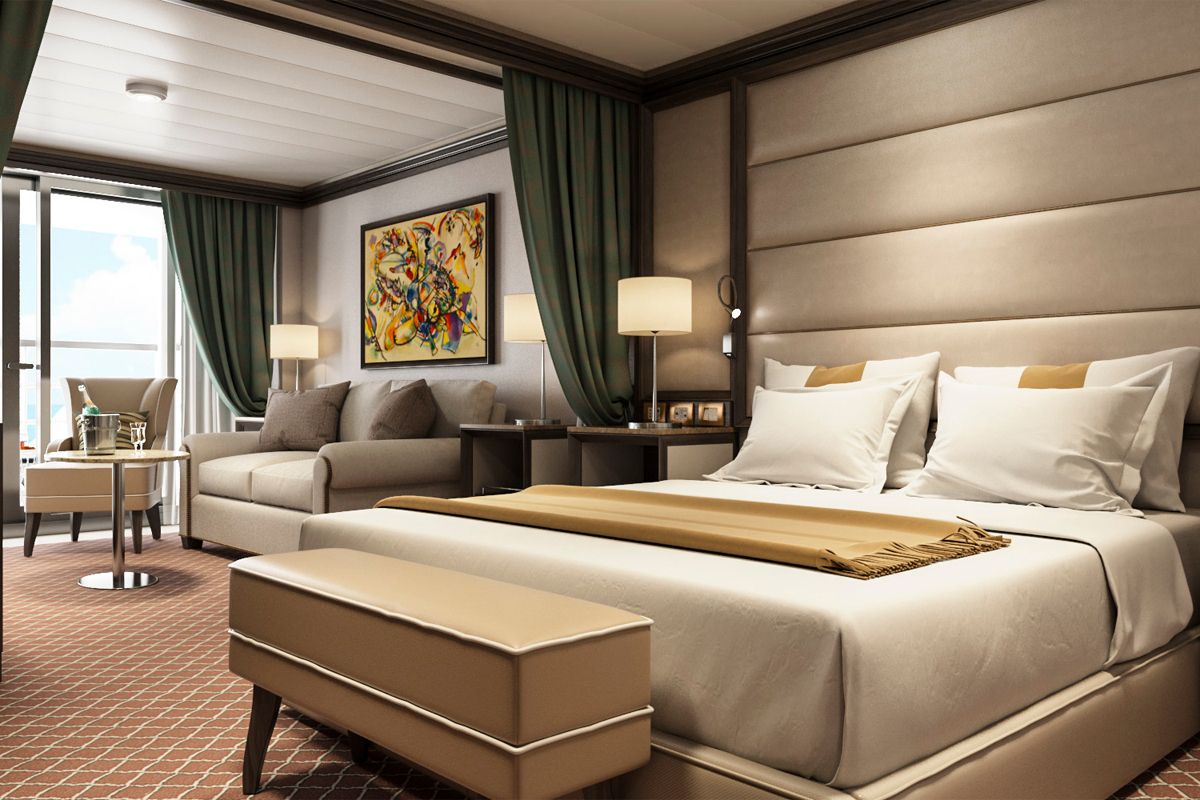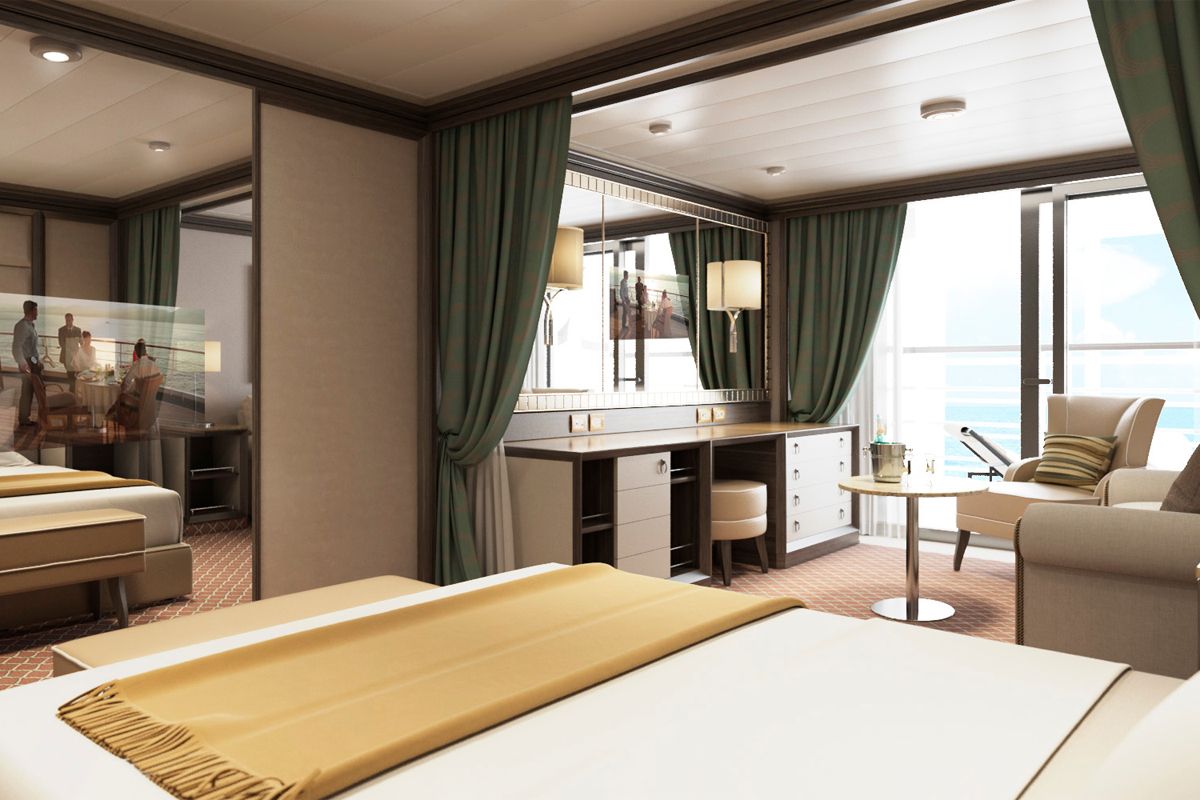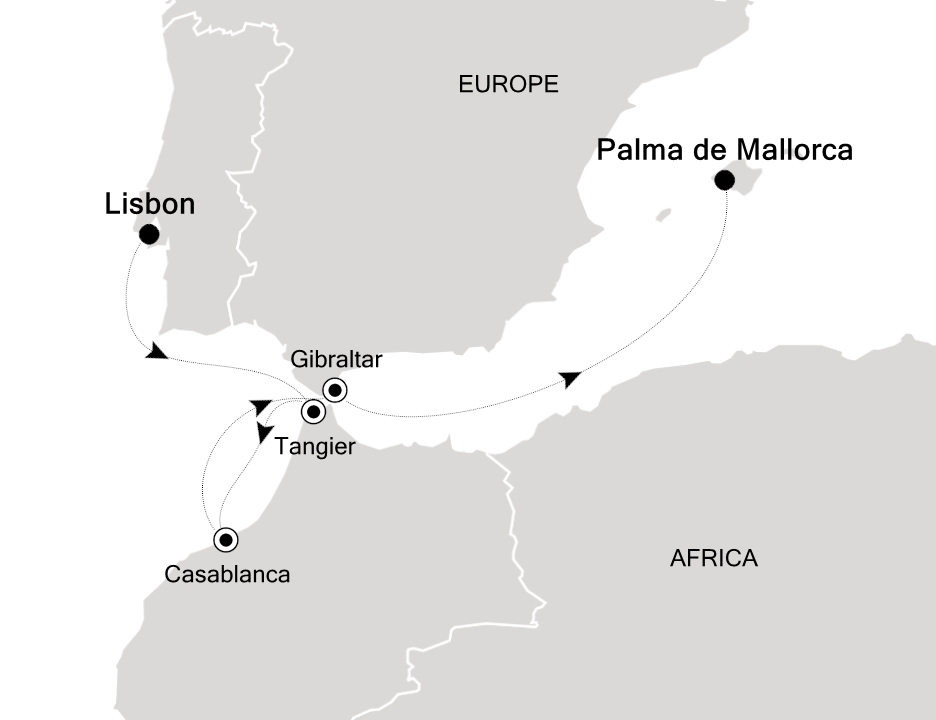

Go beyond your boundaries and explore the world as never before.
Spread over a string of seven hills north of the Rio Tejo (Tagus River) estuary, Lisbon presents an intriguing variety of faces to those who negotiate its switchback streets. In the oldest neighborhoods, stepped alleys whose street pattern dates back to Moorish times are lined with pastel-color houses decked with laundry; here and there, miradouros (vantage points) afford spectacular river or city views. In the grand 18th-century center, calçada à portuguesa (black-and-white mosaic cobblestone) sidewalks border wide boulevards. Elétricos (trams) clank through the streets, and blue-and-white azulejos (painted and glazed ceramic tiles) adorn churches, restaurants, and fountains.
Of course, parts of Lisbon lack charm. Even some downtown areas have lost their classic Portuguese appearance as the city has become more cosmopolitan: shiny office blocks have replaced some 19th- and 20th-century art nouveau buildings. And centenarian trams share the streets with "fast trams" and noisy automobiles.
Lisbon bears the mark of an incredible heritage with laid-back pride. In preparing to host the 1998 World Exposition, Lisbon spruced up public buildings, overhauled its subway system, and completed an impressive second bridge across the river. Today the former Expo site is an expansive riverfront development known as Parque das Nações, and the city is a popular port of call for cruises, whose passengers disembark onto a revitalized waterfront. Downtown, all the main squares have been overhauled one by one.
In its heyday in the 16th century, Lisbon was a pioneer of the first wave of globalization. Now, the empire is striking back, with Brazilians and people from the former Portuguese colonies in Africa enriching the city’s ethnic mix. There are also more than a few people from other European countries who are rapidly becoming integrated.
But Lisbon's intrinsic, slightly disorganized, one-of-a-kind charm hasn't vanished in the contemporary mix. Lisboetas (people from Lisbon) are at ease pulling up café chairs and perusing newspapers against any backdrop, whether it reflects the progress and commerce of today or the riches that once poured in from Asia, South America, and Africa. And quiet courtyards and sweeping viewpoints are never far away.
Despite rising prosperity (and costs) since Portugal entered the European Community in 1986, and the more recent tourism boom, prices for most goods and services are still lower than most other European countries. You can still find affordable places to eat and stay, and with distances between major sights fairly small, taxis are astonishingly cheap. All this means that Lisbon is not only a treasure chest of historical monuments, but also a place where you won’t use up all your own hard-earned treasure.
Casablanca is Morocco's most modern city, and various groups of people call it home: hardworking Berbers who came north from the Souss Valley to make their fortune; older folks raised on French customs during the protectorate; devoted Muslims; wealthy business executives in the prestigious neighborhoods of California and Anfa; new and poor arrivals from the countryside, living in conspicuous shantytowns; and thousands of others from all over the kingdom who have found jobs here. There is also a fair-size expat population, including many French people. The city has its own stock exchange, and working hours tend to transcend the relaxed pace kept by the rest of Morocco.
True to its name—casa blanca in Spanish (white house), which, in turn, is Dar el-Beida in Arabic—Casablanca is a conglomeration of white buildings. The present city, known colloquially as "Casa" or "El Beida," was only founded in 1912. It lacks the abundance of ancient monuments that resonate in Morocco's other major cities; however, there are still some landmarks, including the famous Hassan II Mosque.
The Rock of today is a bizarre anomaly of Moorish, Spanish, and—especially—British influences. There are double-decker buses, "bobbies" in helmets, and red mailboxes. Millions of pounds have been spent in developing its tourist potential, and a steady flow of expat Brits comes here from Spain to shop at Morrisons supermarket and High Street shops. This tiny British colony—nicknamed "Gib" or simply "the Rock"—whose impressive silhouette dominates the strait between Spain and Morocco, was one of the two Pillars of Hercules in ancient times, marking the western limits of the known world and commanding the narrow pathway between the Mediterranean Sea and the Atlantic Ocean. The Moors, headed by Tariq ibn Ziyad, seized the peninsula in 711, preliminary to the conquest of Spain. The Spaniards recaptured Tariq's Rock in 1462. The English, heading an Anglo-Dutch fleet in the War of the Spanish Succession, gained control in 1704, and, after several years of local skirmishes, Gibraltar was finally ceded to Great Britain in 1713 by the Treaty of Utrecht. Spain has been trying to get it back ever since. In 1779 a combined French and Spanish force laid siege to the Rock for three years to no avail. During the Napoléonic Wars, Gibraltar served as Admiral Horatio Nelson's base for the decisive naval Battle of Trafalgar, and during the two world wars, it served the Allies well as a naval and air base. In 1967 Franco closed the land border with Spain to strengthen his claims over the colony, and it remained closed until 1985. Britain and Spain have been talking about joint Anglo-Spanish sovereignty, much to the ire of the majority of Gibraltarians, who remain fiercely patriotic to the Crown. There are likely few places in the world that you enter by walking or driving across an airport runway, but that's what happens in Gibraltar.
If you look north of the cathedral (La Seu, or the seat of the bishopric, to Mallorcans) on a map of the city of Palma, you can see around the Plaça Santa Eulàlia a jumble of tiny streets that made up the earliest settlement. Farther out, a ring of wide boulevards traces the fortifications built by the Moors to defend the larger city that emerged by the 12th century. The zigzags mark the bastions that jutted out at regular intervals. By the end of the 19th century, most of the walls had been demolished; the only place where you can still see the massive defenses is at Ses Voltes, along the seafront west of the cathedral.
A torrent (streambed) used to run through the middle of the old city, dry for most of the year but often a raging flood in the rainy season. In the 17th century it was diverted to the east, along the moat that ran outside the city walls. Two of Palma's main arteries, La Rambla and the Passeig d'es Born, now follow the stream's natural course. The traditional evening paseo (promenade) takes place on the Born.
If you come to Palma by car, park in the garage beneath the Parc de la Mar (the ramp is just off the highway from the airport, as you reach the cathedral) and stroll along the park. Beside it run the huge bastions guarding the Almudaina Palace; the cathedral, golden and massive, rises beyond. Where you exit the garage, there's a ceramic mural by the late Catalan artist and Mallorca resident Joan Miró, facing the cathedral across the pool that runs the length of the park.
If you begin early enough, a walk along the ramparts at Ses Voltes from the mirador beside the cathedral is spectacular. The first rays of the sun turn the upper pinnacles of La Seu bright gold and then begin to work their way down the sandstone walls. From the Parc de la Mar, follow Avinguda Antoni Maura past the steps to the palace. Just below the Plaça de la Reina, where the Passeig d'es Born begins, turn left on Carrer de la Boteria into the Plaça de la Llotja (if the Llotja itself is open, don't miss a chance to visit—it's the Mediterranean's finest Gothic-style civic building). From there stroll through the Plaça Drassana to the Museu d'Es Baluard, at the end of Carrer Sant Pere. Retrace your steps to Avinguda Antoni Maura. Walk up the Passeig d'es Born to Plaça Joan Carles I, then right on Avenida de La Unió.
World Cruise Finder's suites are some of the most spacious in luxury cruising.
Request a Quote - guests who book early are rewarded with the best fares and ability to select their desired suite.
